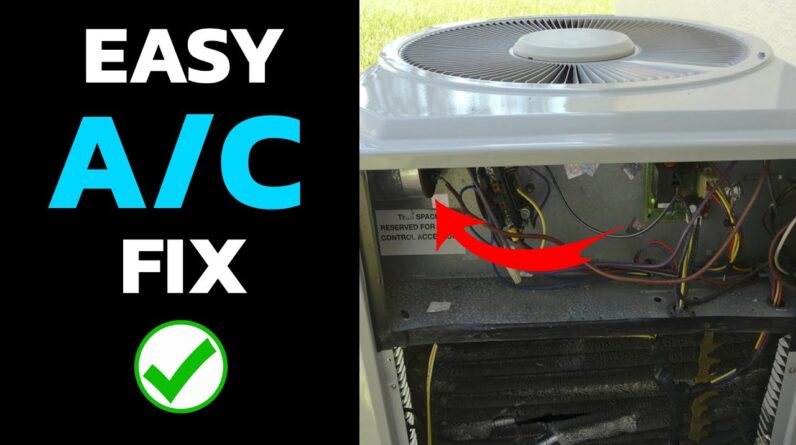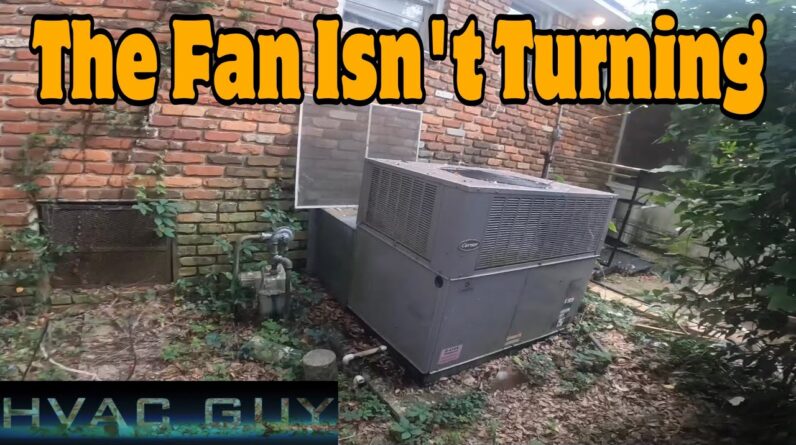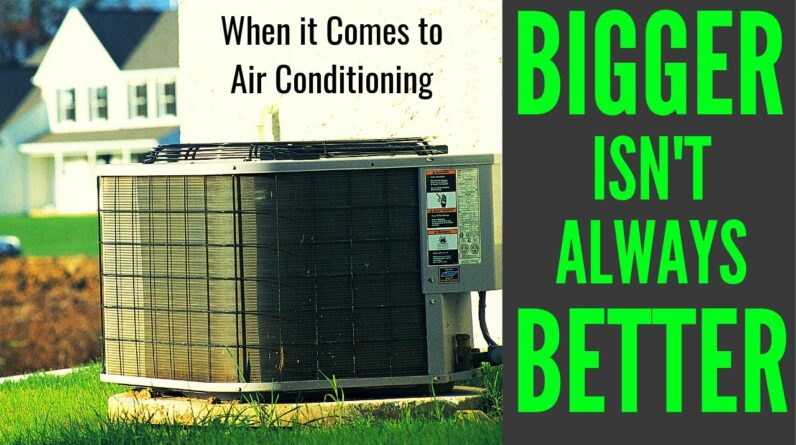How a Clogged Drain Leads to HVAC Issues
Many homeowners don’t realize that their HVAC system relies on a draining system to remove excess condensation. When the drain becomes clogged, it can lead to a wide range of issues, including a non-functioning thermostat and even water damage. In this case study, we’ll take a look at how a month-long clogged drain went unnoticed, causing major problems for one homeowner.
The Problem: Unnoticed Clogged Drain
The homeowner had a clogged drain for a month but didn’t realize it was an issue until their thermostat stopped calling for cooling. When the HVAC professional arrived on site, they discovered a wet floor and a drainpipe that didn’t connect to an appropriate outlet.
Why are Clogged Drains an Issue for HVAC Systems?
An HVAC system produces condensation during the air conditioning process. This excess moisture must be drained away to avoid issues like mold growth or water damage. If the drain is clogged, the water has nowhere to go and can instead leak onto the floor or cause damage to the HVAC system itself.
The Solution: Clearing the Drain and Fixing the Thermostat
To resolve the problem, the HVAC professional attempted to clear the drain, only to discover that the drain was not backed up at all. Instead, the evaporator coil was freezing up, causing water to drip onto the floor. This freezing issue was likely due to a lack of maintenance over an extended period, leading to poor airflow and, ultimately, the coil freezing.
The frozen coil resulted in the thermostat malfunctioning, as it would only turn on the blower without calling for cooling. The professional replaced the malfunctioning thermostat and then turned their attention to the drainage issues.
Preventing Future Clogged Drains and HVAC Issues
To avoid similar problems in the future, homeowners should take several steps to maintain their HVAC systems and drainage. These steps include:
1. Regularly inspecting and cleaning air filters: Dirty or clogged air filters can restrict airflow, causing the evaporator coil to freeze and the drain to become clogged.
2. Scheduling annual HVAC maintenance: A professional can check for potential issues like clogged drains, faulty thermostats, and poor airflow during routine maintenance.
3. Monitoring for signs of a clogged drain: Be aware of any unusual sounds (such as gurgling), wet spots, or musty smells, which could indicate a clogged drain.
4. Properly maintaining the drain line: Routinely clean the drain line, and ensure it’s connected and draining away from the system.
5. Installing a safety float switch: This switch will shut off the HVAC system if the drain pan overflows, preventing water damage.
Conclusion
An unchecked clogged drain can wreak havoc on an HVAC system, causing water damage and creating an environment that allows mold to grow. In this case, the homeowner did not call for help until the thermostat completely stopped working, which led to additional issues. Regular maintenance and vigilance can help prevent these issues and keep your HVAC system running efficiently.






